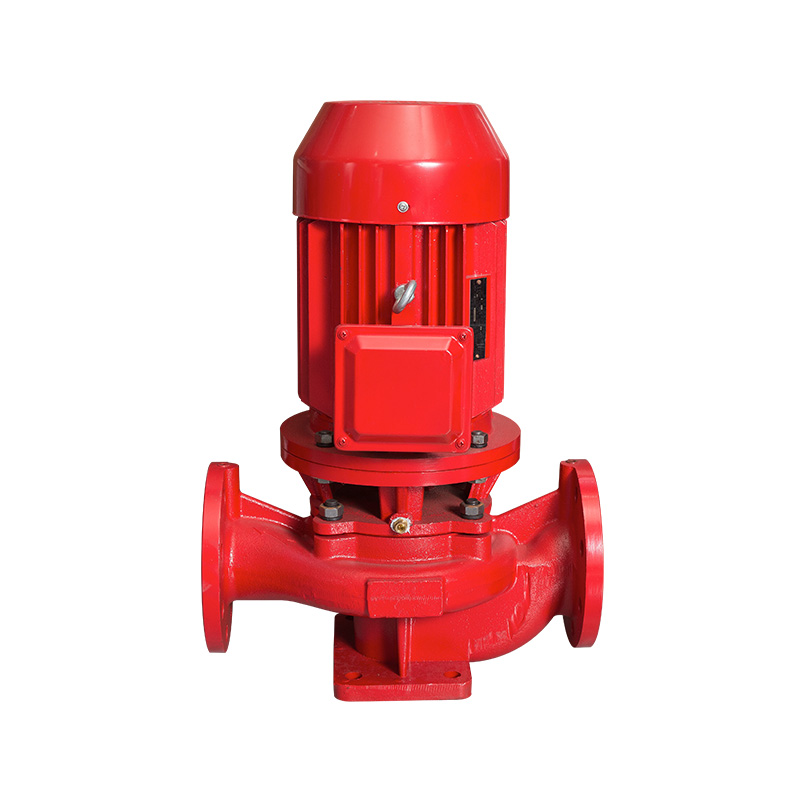- Home
- About Us
- Products
- TD High-efficiency And Energy-saving Circulating Pump
- TD High-efficiency And Energy-saving Circulating Pump Accessories
- Pipeline Pump
- Pipeline Pump Accessories
- Sewage Pump
- Sewage Pump Accessories
- LG Multi-stage Pump
- LG Multi-stage Pump Accessories
- Cooling Tower Circulation Pump
- Electric Motor
- Electric Motor Accessories
- News
- Contact Us
- Home
- About Us
- Products
- TD High-efficiency And Energy-saving Circulating Pump
- TD High-efficiency And Energy-saving Circulating Pump Accessories
- Pipeline Pump
- Pipeline Pump Accessories
- Sewage Pump
- Sewage Pump Accessories
- LG Multi-stage Pump
- LG Multi-stage Pump Accessories
- Cooling Tower Circulation Pump
- Electric Motor
- Electric Motor Accessories
- News
- Contact Us
Web Menu
- Home
- About Us
- Products
- TD High-efficiency And Energy-saving Circulating Pump
- TD High-efficiency And Energy-saving Circulating Pump Accessories
- Pipeline Pump
- Pipeline Pump Accessories
- Sewage Pump
- Sewage Pump Accessories
- LG Multi-stage Pump
- LG Multi-stage Pump Accessories
- Cooling Tower Circulation Pump
- Electric Motor
- Electric Motor Accessories
- News
- Contact Us
Product Search
Exit Menu
What are the main types of sealing devices in pipeline pumps?
Stuffing Seal: This is a common sealing method in pipeline pumps. It utilizes packing material (such as graphite, asbestos, etc.) to form a seal between the shaft and the packing box. By compressing the packing material, it snugly fits against the shaft, preventing medium leakage. Stuffing seal has a simple structure, is inexpensive, and easy to maintain. However, it tends to have a larger leakage volume and higher consumption losses, thus generally suitable for transporting general media such as water. In petroleum, chemical media, especially valuable, volatile, and toxic media, stuffing seals are usually not applicable.

Mechanical Seal: Mechanical seal (also known as end-face seal) is another important sealing method. It consists of a rotating ring (moving ring) and a stationary ring (static ring), with the end faces of the two rings tightly fitted together and relative rotation forming a sealed end face. Mechanical seals have excellent sealing effects, minimal leakage, long service life, but relatively higher prices, and higher requirements for processing, installation, maintenance, and upkeep compared to general seals. They are suitable for transporting petroleum and chemical media and can also be used for various media with different viscosities, strong corrosiveness, and particle content.
Dynamic Seal: Dynamic seals can be divided into back vane seals and impeller seals. This sealing method utilizes the dynamic characteristics of the pump to achieve sealing effects through specific structural designs.
Through an in-depth exploration of the sealing devices in pipeline pumps, it's evident that both traditional stuffing seals and efficient mechanical seals play irreplaceable roles in their respective application areas. Each sealing device has its unique advantages and suitable scenarios, making the selection of the appropriate sealing device crucial for ensuring the safe and stable operation of pipeline pumps.
Related Products
-

TD high-efficiency and energy-saving circulating pump cast iron impeller
Cat:TD High-efficiency And Energy-saving Circulating Pump Accessories
TD Energy Efficient Circulation Pump Cast Iron Impeller is an importan...
See Details -

TD high-efficiency energy-saving circulation pump vertical base
Cat:TD High-efficiency And Energy-saving Circulating Pump Accessories
A vertical base is a pedestal used to support and secure a vertical TD...
See Details -

Ordinary sewage pump
Cat:Sewage Pump
1. Our WQ-type general sewage pump adopts a large flow channel anti-cl...
See Details -

Sewage pump body
Cat:Sewage Pump Accessories
The pump body is the outer shell of the sewage pump, with the function...
See Details -

Sewage pump tank
Cat:Sewage Pump Accessories
The oil in the oil chamber, in addition to lubricating the mechanical ...
See Details -

LG multistage pump 100 series
Cat:LG Multi-stage Pump
Product features 1. Compact structure, small volume, small footprint. ...
See Details -

LG multi-stage pump stainless steel impeller
Cat:LG Multi-stage Pump Accessories
Stainless steel impellers are impellers made of stainless steel materi...
See Details -

Finished stator
Cat:Electric Motor Accessories
The stator of a motor refers to the fixed part which contains the stat...
See Details -

Finished rotor
Cat:Electric Motor Accessories
The rotor of a motor refers to the rotating part, which contains the r...
See Details -

Permanent magnet core stator and rotor
Cat:Electric Motor Accessories
A type of rotor core that uses a permanent magnet material to achieve ...
See Details
- TD High-efficiency And Energy-saving Circulating Pump
- TD High-efficiency And Energy-saving Circulating Pump Accessories
- Pipeline Pump
- Pipeline Pump Accessories
- Sewage Pump
- Sewage Pump Accessories
- LG Multi-stage Pump
- LG Multi-stage Pump Accessories
- Cooling Tower Circulation Pump
- Electric Motor
- Electric Motor Accessories
-

+86-0563-2251312
-

+86-0563-2251311
-

+86-139 6620 0379
-

-

No.43 Guohua Road, Guangde Economic Development Zone, Xuancheng City, Anhui Province, China

